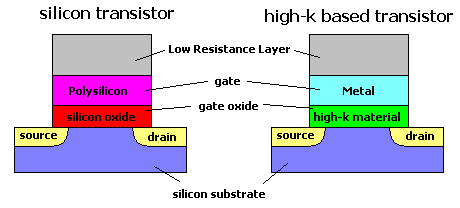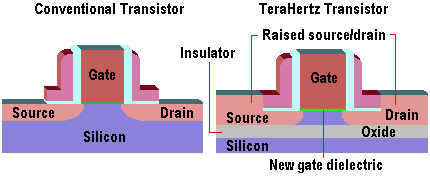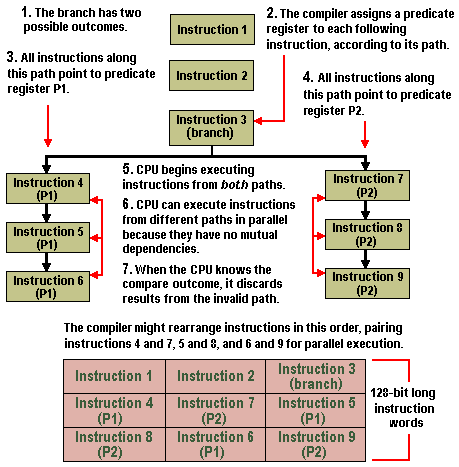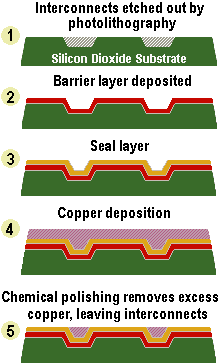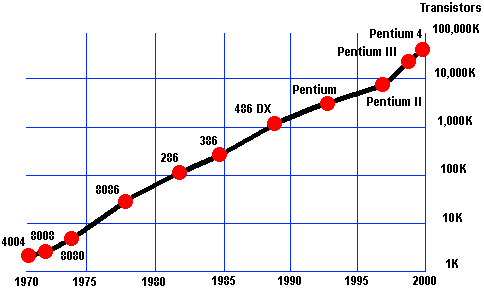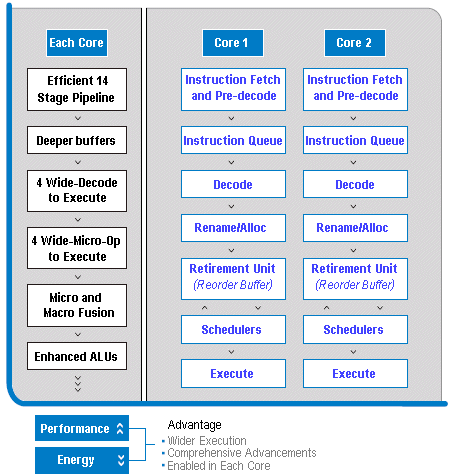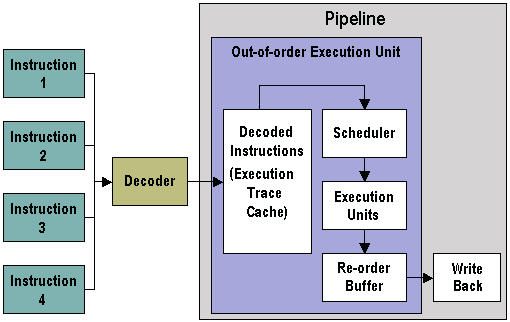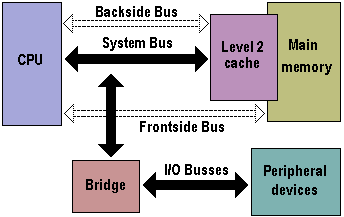The Penryn processor debuted Intel's 45nm fabrication, and was the first to utilize high-k gate dielectrics and metal gate electrodes. This change in technology was significant for a number of reasons: the processes used were far in advance of Intel's competition it provided a basis on which … [Read more...]
TeraHertz Technology
In 1971, Intel's first processor - the 4004 - had 2,300 transistors. Thirty years later, the Pentium 4 had about 42 million. During that time chip makers' basic strategy for making processors faster has been to shrink transistors to enable … [Read more...]
Software Compatibility
In the early days of computing, many people wrote their own software, so the exact set of instructions a processor could execute was of little importance. Today, however, people expect to be able to use off-the-shelf software, so the … [Read more...]
IA-64 Architecture
It was in June 1994 that Hewlett-Packard announced their joint research-and development project aimed at providing advanced technologies for end-of- the-millennium workstation, server and enterprise-computing products and October 1997 that … [Read more...]
Copper Interconnect Architecture
Every chip has a base layer of transistors, with layers of wiring stacked above to connect the transistors to each other and, ultimately, to the rest of the computer. The transistors at the first level of a chip are a complex construction … [Read more...]
Architecture Manufacturing Process
What differentiates the microprocessor from its predecessors constructed out of valves, individual transistors or small integrated circuits is that it brought us, for the first time, a complete processor on a single chip of … [Read more...]
Moore’s Law in IT Architecture
According to Moore's Law formulated in 1965 by Gordon Moore, co-founder of Intel), the number of transistors per integrated circuit would double every 18 months. Moore predicted that this trend would hold for the next ten years. In fact, … [Read more...]
Intel Core – 8th generation CPU architecture
It was at the Intel Development Forum in March 2006 that Intel released details of its new Intel Core microarchitecture, the successor to the NetBurst and mobile Pentium M architectures and foundation for the company's forthcoming multi-core server, desktop and mobile … [Read more...]
NetBurst – Pentium 4 7th generation x86 CPU microarchitecture
NetBurst is the name Intel gave to the new architecture that succeeded its P6 microarchitecture. The concept behind NetBurst was to improve the throughput, improve the efficiency of the out-of-order execution engine, and to create a processor that can reach much higher frequencies with … [Read more...]
Dual Independent Bus (DIB) – frontside and backside data bus CPU architecture
The Dual Independent Bus (DIB) architecture - first implemented in the Pentium Pro processor - was created to aid processor bus bandwidth. Having two (dual) independent buses enables the Pentium II processor to access data from either of its buses simultaneously and in parallel, rather than … [Read more...]
